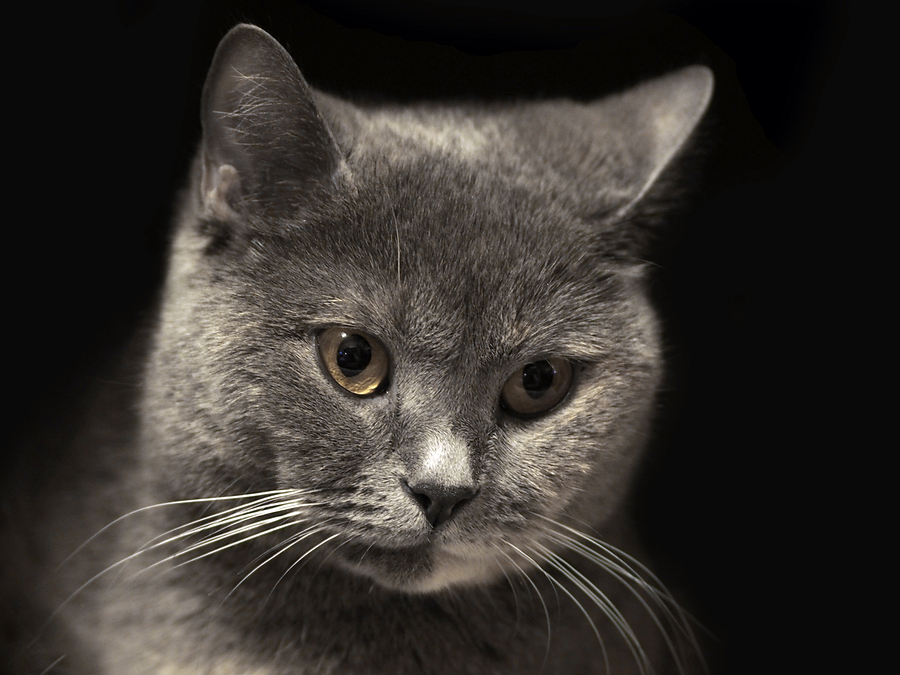Most of the things people “have heard” about cats are myths and urban legends. But a reader wrote me about one that’s true!
Q: I’ve heard a cat’s whiskers are as wide as their body so they can fit through certain areas. If the cat puts on enough weight, do the whiskers also grow?
A: Whiskers are an important feline sensory organ. The thick, stiff hairs, known technically as vibrissae, are arranged in neat rows. Like the kids in a school picture, short whiskers are located in front, longer ones at the rear. They project from the side of the muzzle, fan out above the eyes or from the ears, and are found on the hind side of the front legs.
Whiskers are interesting because they can tell you a lot about what a cat is thinking. When whiskers face forward, a cat is feeling friendly or curious. A cat whose whiskers are pulled back is in defensive mode. And if the whiskers twitch during a catnap, the likely reason is that the cat is dreaming about catching that mouse in your house!
The reason I say that whiskers are a sensory organ is because the specialized hairs help cats detect slight air movements. Cats rely on their whiskers as they make their way through darkness. Whiskers, which are packed with nerves, send signals to the brain about whatever they contact, and they prevent cats from bumping into things. And, as you mention, whiskers also serve as a feline measuring device. Typically, if a cat’s head and whiskers can fit through an opening, the rest of his body is flexible enough to squeeze through as well. Whiskers are one reason blind cats can get around so well.
A cat who puts on too much weight, though, can’t necessarily count on his whiskers to accurately determine if a space is navigable. The whiskers don’t grow to match his excess size.
Read more, including how dogs are working for conservation, in this week’s Pet Connection!


